Professional development. Just hearing the phrase is enough to make some educators instinctively reach for coffee or a well-rehearsed excuse to be somewhere else. We’ve all been there: trapped in a room after a long day of teaching, eyes glazing over as a presenter enthusiastically clicks through their 47th slide titled “Engagement Strategies,” while ironically engaging no one. Buzzwords like “rigor” and “differentiation” fly around like confetti, but somehow, it all feels… well, kind of flat.
If you’re reading this and thinking, “Hey, that doesn’t sound like the PD we offer!” Congrats! Truly. But if you’re quietly wincing because this hits a little too close to home, or if you’re the one leading PD and wondering how to make it better, stick with me. We have an opportunity (and frankly, a responsibility) to model the kind of innovative professional development we actually want to see in classrooms.
The good news? We already know what works.
According to Linda Darling-Hammond, effective professional development is “active, collaborative, and connected to teachers’ practice.” Her research outlines the characteristics of high-impact PD: it’s sustained over time, focused on content, and includes time for reflection and feedback, not just information dumps.
Malcolm Knowles, the father of adult learning theory, emphasized that adults learn best when they’re solving real problems, have a say in their learning, and can apply what they learn immediately. Yet too often, PD treats teachers like students in a lecture hall, not professionals with valuable experience and insight.
And let’s not forget Jim Knight, who reminds us: “You can’t ask teachers to create what they haven’t experienced.” Together, these insights point us toward one clear imperative: if we want PD that teachers actually engage with, it has to be designed with their readiness, experience, and goals in mind, just like we do for students. That’s where tiered PD comes in.
Tiered Support = Innovative Professional Development
So let’s ask the hard question: Are we delivering PD that mirrors the kind of instruction we expect in classrooms? Or are we clinging to old models that are easy to plan but hard to learn from?
Today, I want to spotlight a key strategy for delivering PD that’s actually meaningful and impactful, Tiered Support. We often ask teachers to tier instruction, differentiating assignments, scaffolds, and supports to meet students just above their current level so they’re challenged, but not overwhelmed. But here’s the question: Why don’t we do the same for teachers?
I’ll admit it, I’ve been that person at the front of the room, excitedly sharing tech tools with a group of educators that ranged from “I could build an app with this” to “Wait… how do I turn this thing on?” Same session. Same slide deck. Wildly different needs. And honestly? That’s on me.
Next-level PD has to take teacher readiness into account. No more one-size-fits-all. Yes, fellow PD facilitators, that means extra prep, developing tiered activities or session options that span a range of experience levels. But if we want our PD to stick, this is the work. Not only does it make the learning more effective, but it also models what we’re asking teachers to do every day in their own classrooms.
Developing PD that Works
So, how do you tier your professional development without losing your sanity? Anyone who’s successfully differentiated in the classroom knows, it’s a lot easier said than done. Glad you asked!
- Pre-Assess Like a Pro
Use short surveys, self-assessment rubrics, or “sticky note spectrums” (virtual or physical) to gauge teacher readiness. Try prompts like:
- “Rate your comfort with this topic.”
- “What’s one question you still have?”
- “What’s one strategy you’ve used successfully?”
Pro tip: Pair the survey with a funny GIF to make it less formal and more approachable.
- Offer Pathways, Not Prisons
Think menus, not mandates. Design 2–3 learning tracks per session:
- Foundations Track (Just Getting Started)
- Next Steps Track (Building on Basics)
- Leadership Track (Mentors, Coaches, or Innovators)
Allow people to choose, switch, or mix and match. Autonomy increases engagement.
- Design for Transfer, Not Just Attendance
Each tier should end with a clear “what’s next” step:
- A classroom application idea
- A reflection prompt
- A challenge to try and share back
Don’t forget to follow up with reflection or feedback to reinforce learning and build momentum. For a quick-reference version of these strategies, check out this anchor chart summary.
Let’s get planning!
So, the next time you’re planning PD, think of yourself less like a presenter and more like a party host—your job is to make sure everyone has something they can enjoy, whether they’re here for the dance floor or just vibing near the snack table. Tiering your PD isn’t about creating extra work for yourself, it’s about creating a space where every teacher feels seen, supported, and challenged (but not panicked). After all, if we want teachers to differentiate for students, we’ve got to show them what that actually looks like. (Bonus points if your session also includes snacks!)


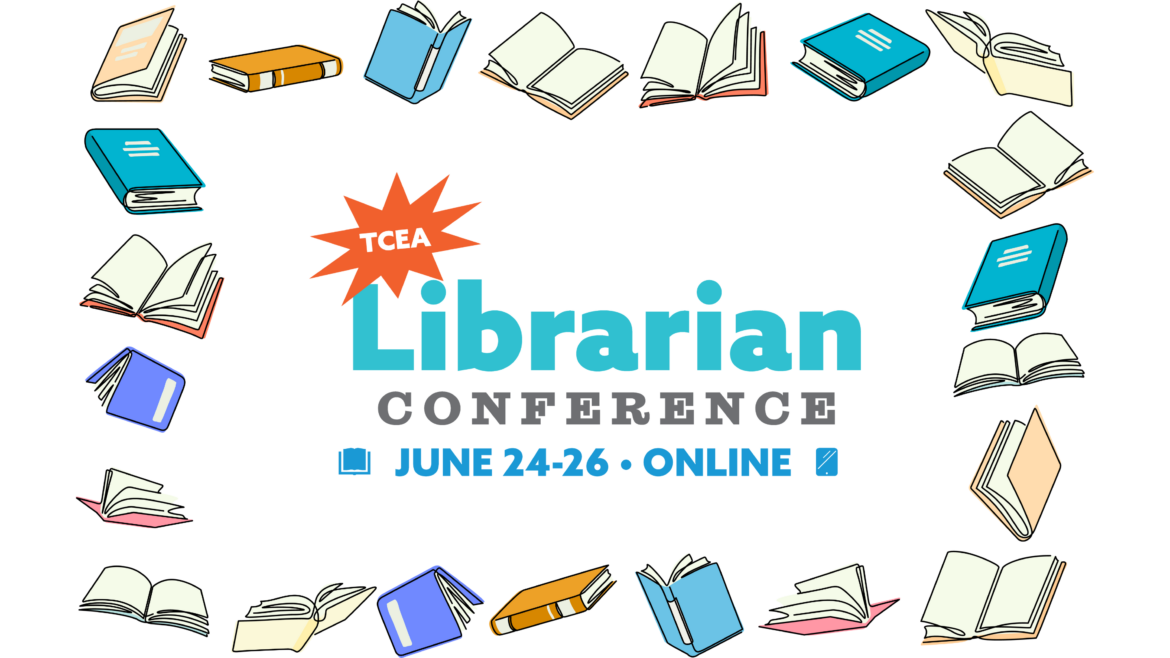
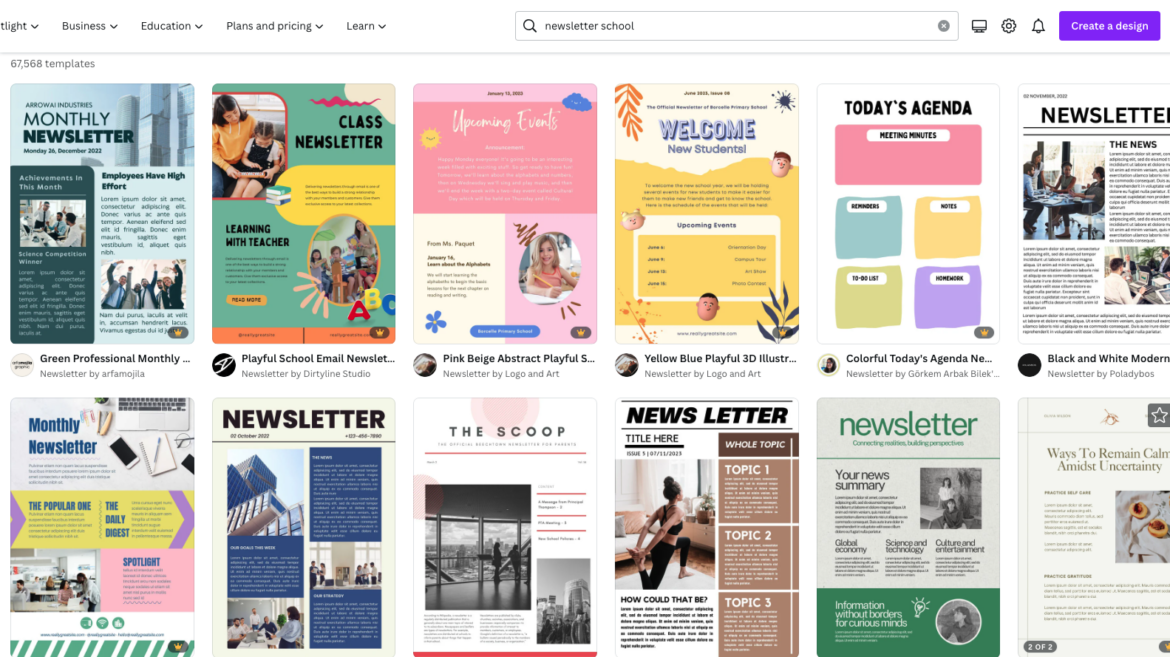
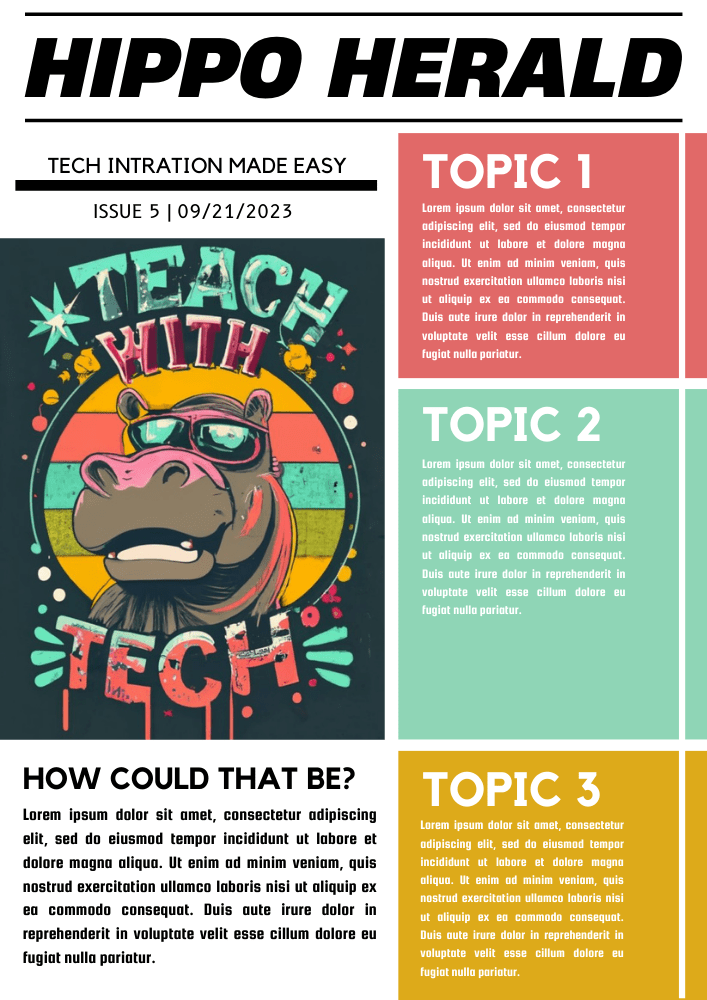


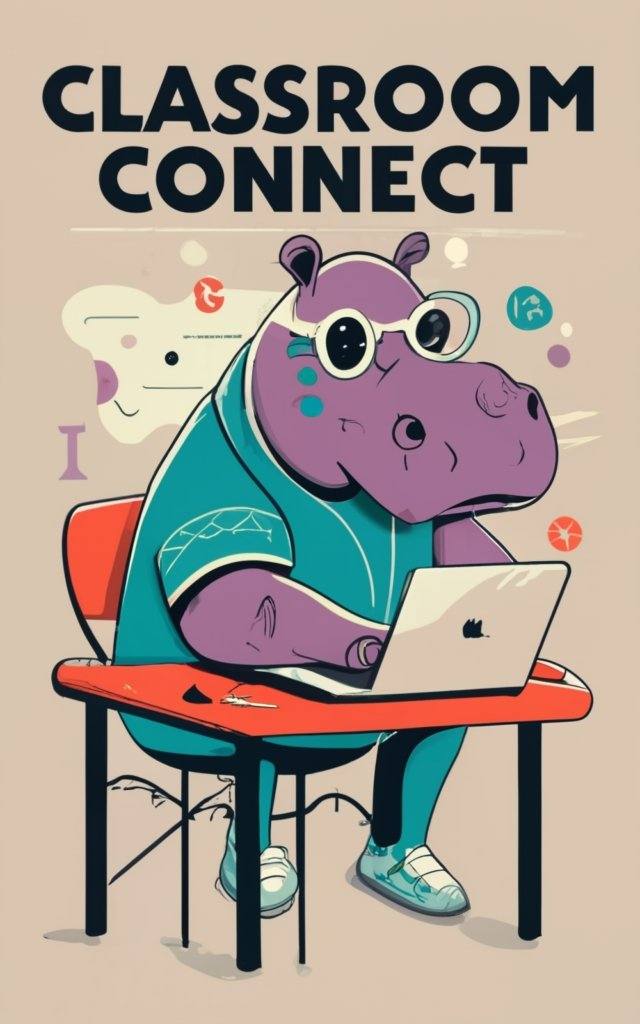

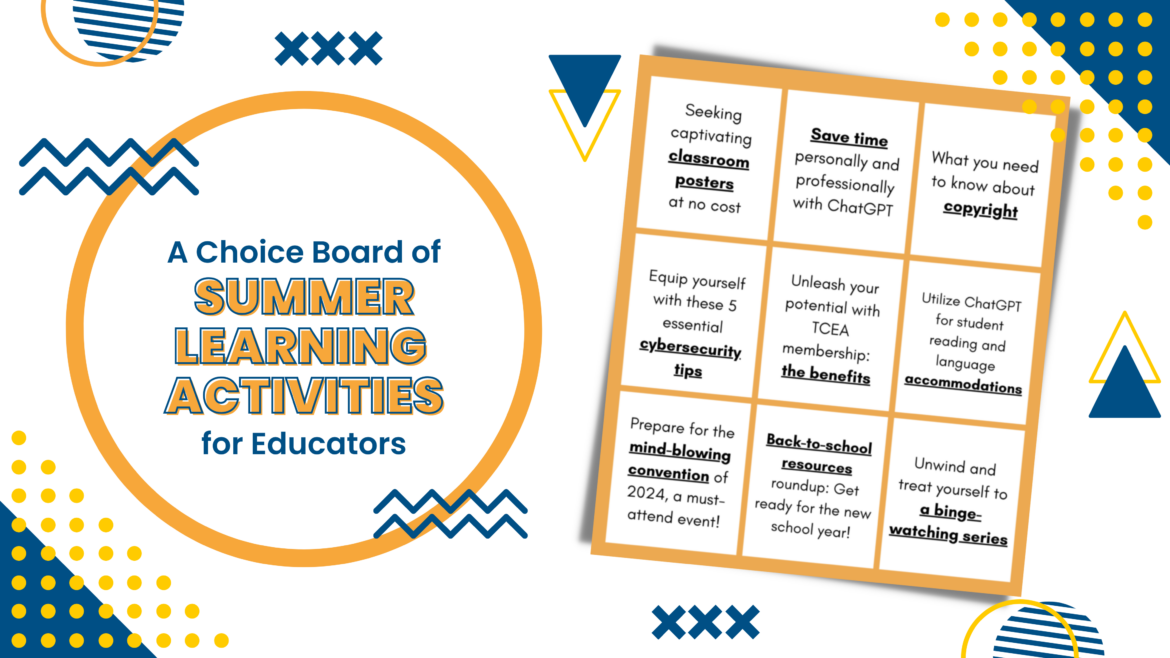
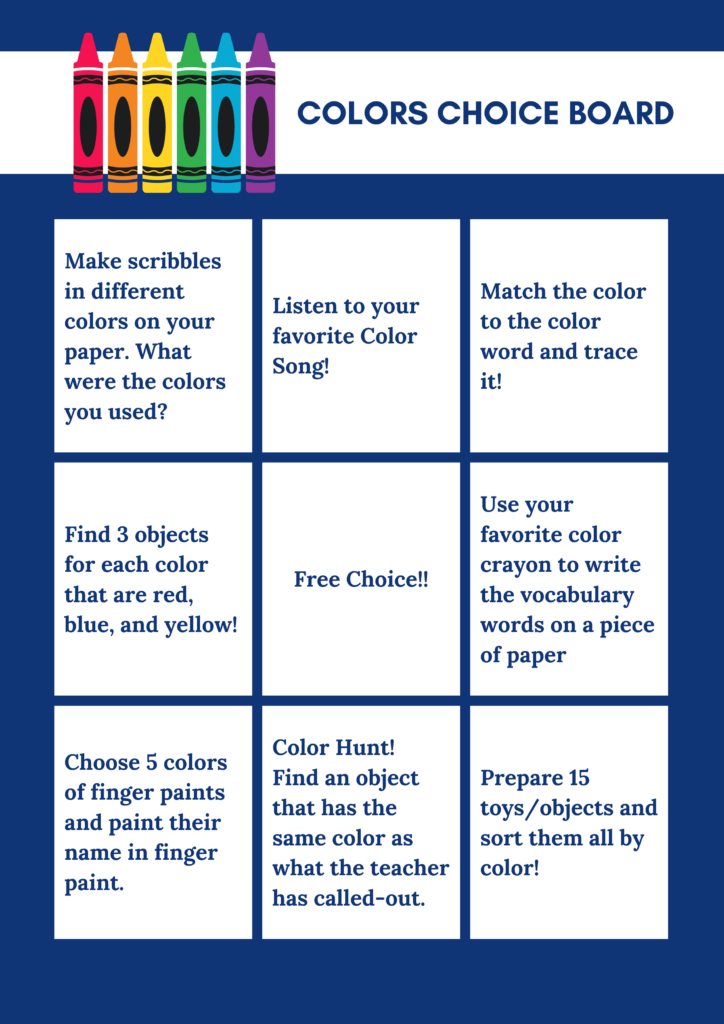
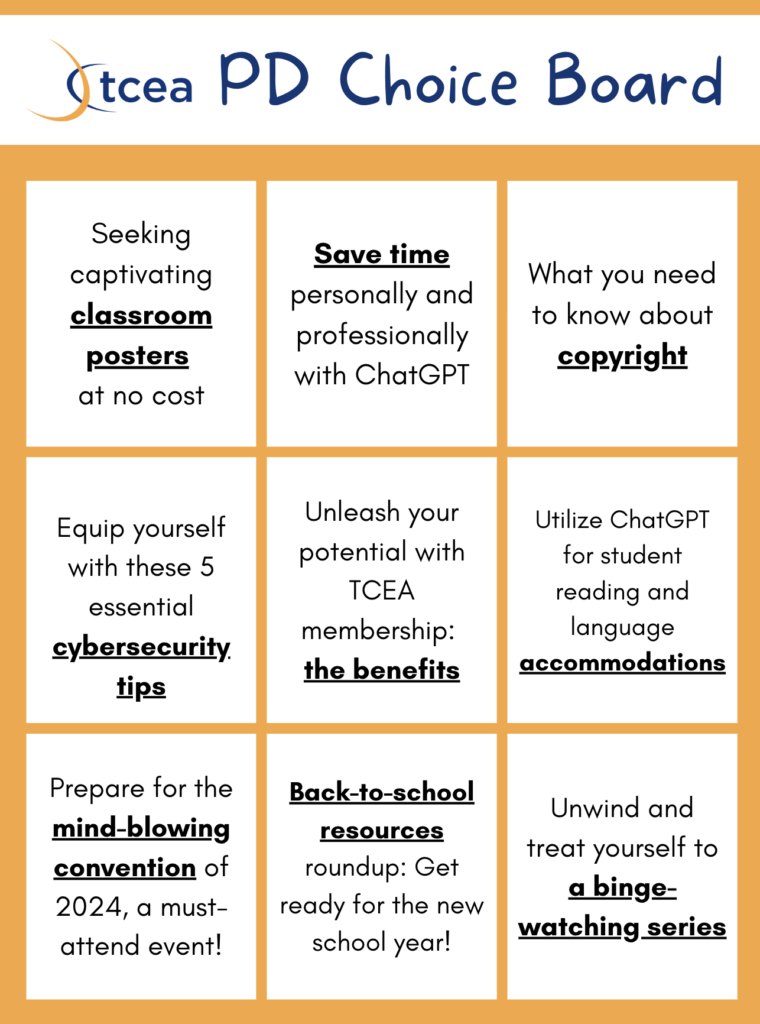
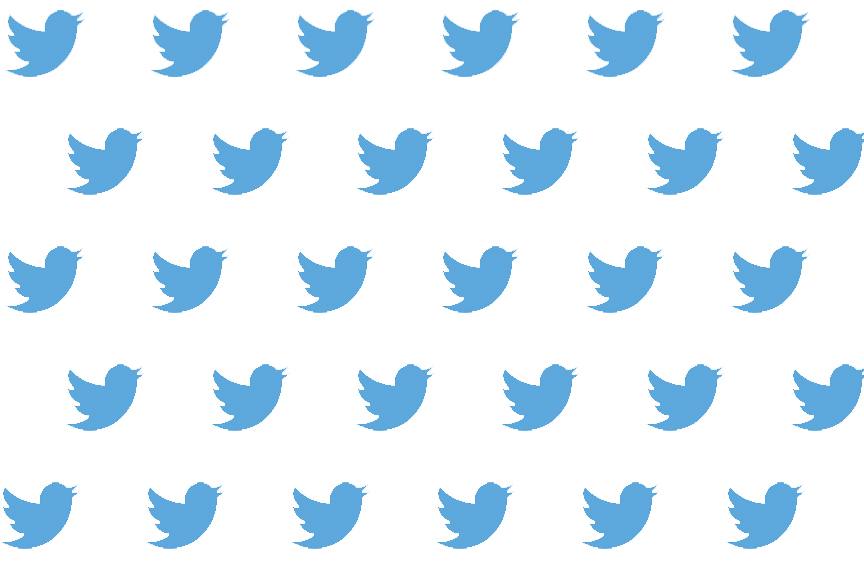
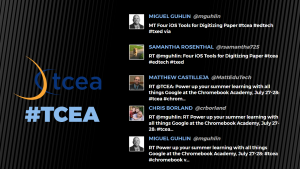 This has to be the easiest Twitter wall to set up. You have multiple themes available, can upload your logo, and identify one Twitter keyword, username, or Instagram keyword on the free version. There are four layouts (text, text and images, images, and instructions) which you can use in any combination or use all four (my preference) set on timers.
This has to be the easiest Twitter wall to set up. You have multiple themes available, can upload your logo, and identify one Twitter keyword, username, or Instagram keyword on the free version. There are four layouts (text, text and images, images, and instructions) which you can use in any combination or use all four (my preference) set on timers. Though not quite as extensive as The Wallrus, Activity Walls does do a nice job of showing the most recent tweets. Just identify your hashtag, set the colors (which can be a little quirky, depending on what browser you are using), and your wall is instantly created. Using Chrome, I can quickly jump to full screen for a nice projected view; using Internet Explorer, I can customize the accent, background, and text colors.
Though not quite as extensive as The Wallrus, Activity Walls does do a nice job of showing the most recent tweets. Just identify your hashtag, set the colors (which can be a little quirky, depending on what browser you are using), and your wall is instantly created. Using Chrome, I can quickly jump to full screen for a nice projected view; using Internet Explorer, I can customize the accent, background, and text colors.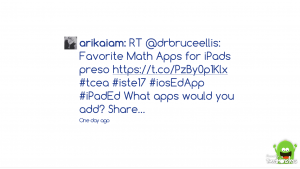 Tweet Monsters is simple and focused. The free account is for personal use; you’ll need to contact them for pricing on corporate and other uses. Begin by identifying your hashtag. Customize text and background colors as well as the font, transition type, and transition speed. If needed, you can use the custom word filter to identify words to be filtered out and to either not show the tweet or substitute the bad word with an *. The downside of Tweet Monsters is that you only see one tweet at a time.
Tweet Monsters is simple and focused. The free account is for personal use; you’ll need to contact them for pricing on corporate and other uses. Begin by identifying your hashtag. Customize text and background colors as well as the font, transition type, and transition speed. If needed, you can use the custom word filter to identify words to be filtered out and to either not show the tweet or substitute the bad word with an *. The downside of Tweet Monsters is that you only see one tweet at a time.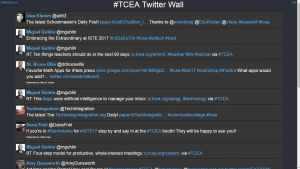 This Twitter wall has the most options available without a cost. You can add lists, searches, tweets by geolocation, exclude specific hashtags or words, and color code your timeline, mentions, and direct messages if needed. You do have a variety of setting to change regarding the speed, fall size, language, font size, and whether or not to show retweets. When finished tweaking your wall, you will want to click on the Presentation Mode link for easier viewing for your attendees. Though not the most professional looking wall, it does give the most flexibility. And, when I’m in a Twitter chat, I use this wall to follow the exchange and participate.
This Twitter wall has the most options available without a cost. You can add lists, searches, tweets by geolocation, exclude specific hashtags or words, and color code your timeline, mentions, and direct messages if needed. You do have a variety of setting to change regarding the speed, fall size, language, font size, and whether or not to show retweets. When finished tweaking your wall, you will want to click on the Presentation Mode link for easier viewing for your attendees. Though not the most professional looking wall, it does give the most flexibility. And, when I’m in a Twitter chat, I use this wall to follow the exchange and participate.

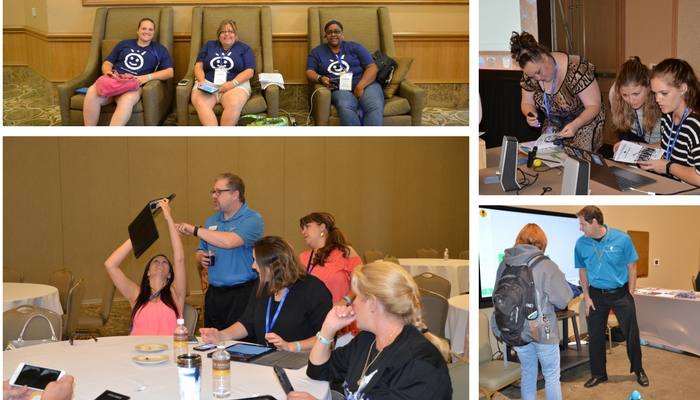


 The purpose of this certification is to help educators build foundational skills in using their Chromebook as an effective learning tool in the classroom. As you go through the course, you will also be introduced to several of the Google Suite of tools to promote collaboration and critical thinking, and you will be provided opportunities to apply it to your content area or grade level. The capstone project for this certification is a lesson plan implementing some of the learned skills and tools within the grade level and content area of your choice.
The purpose of this certification is to help educators build foundational skills in using their Chromebook as an effective learning tool in the classroom. As you go through the course, you will also be introduced to several of the Google Suite of tools to promote collaboration and critical thinking, and you will be provided opportunities to apply it to your content area or grade level. The capstone project for this certification is a lesson plan implementing some of the learned skills and tools within the grade level and content area of your choice.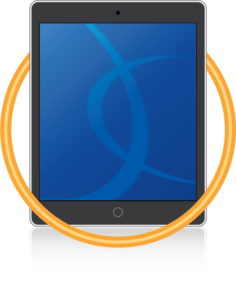 The purpose of this certification is to help educators build foundational skills in using the iPad as an effective learning tool in the classroom. As you go through this course, you’ll learn how best to use the features of the iPad to differentiate and support student learning. The capstone project for this certification is a lesson plan implementing some of the learned skills, features, and apps within a grade level and content area of your choice.
The purpose of this certification is to help educators build foundational skills in using the iPad as an effective learning tool in the classroom. As you go through this course, you’ll learn how best to use the features of the iPad to differentiate and support student learning. The capstone project for this certification is a lesson plan implementing some of the learned skills, features, and apps within a grade level and content area of your choice.